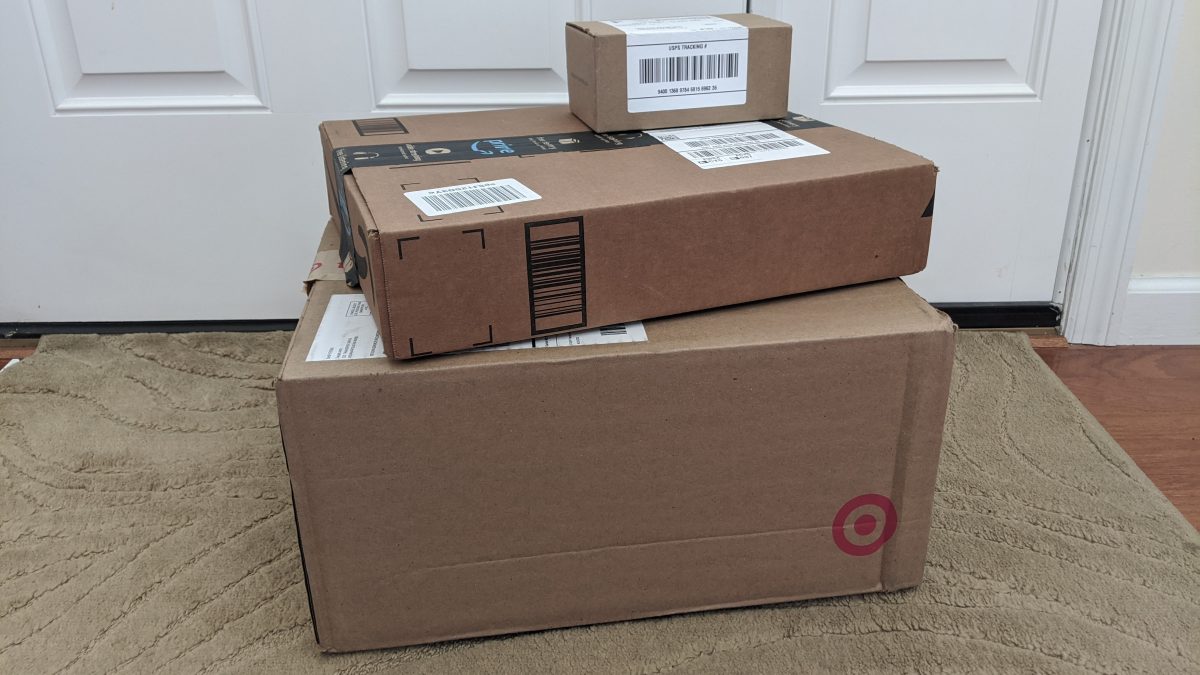When you shop at online retailers, they carefully pack your product… with an added bonus of…air and plastics! Air cushion pillows, like bubble wraps, are quite an invention, dating all the way back to the 1950s.
While most of them are labeled with the Resin Identification Code (recycling symbol) of #4 LDPE, sometimes you find them made of #2 HDPE (same material as the typical grocery store bags). Unfortunately, not many municipal recycling centers can take your air pillows because they are too thin and stretchy. (more on this topic in another post!)
During this stay-at-home summer, we all have ramped up our online purchases. It has become my family’s routine to open the box, count how many air pillows are inside, and pop them with a pencil. It’s always fun!
One exaggerated example of a box content is seen above, where 39 continuous air pillows protect one merchandise. This seems unreal, but you know this has occurred to you too.
There seems to be a valid reason for this phenomenon. Online retailers optimize to fill the entire bed space of the trucks leaving their warehouse and can do so by using consistent sized boxes.
I’ve had a summer job at a Japanese courier giant Yamato Transport, and can personally attest that loading a cage or truck with differently sized and shaped packages leads to inefficient and unsafe loading. By sticking your product in one of their approved size boxes, along with air cushions inside, they ensure that your product arrives safely.
Can we get less air pillows, though?
Title
Description
“Refuse” and “Reduce” are at the top of the hierarchy in the well-known “3Rs/5Rs/7Rs of Waste Management”. We could essentially “refuse” to get air cushions by shopping locally. Even if we have to continue to rely on online shopping during this pandemic, we can simply “reduce” the number of air pillows that our favorite online retailers will need in your boxes:
- Avoid “buy now” and equivalent options
- Wait until your virtual shopping cart with full to check out and ship
- Consider the “consolidation of products before shipment” option
Our Ray’cycle Challenge Program will gladly take your air pillows. Don’t forget to pop them before storing. Thank you!


